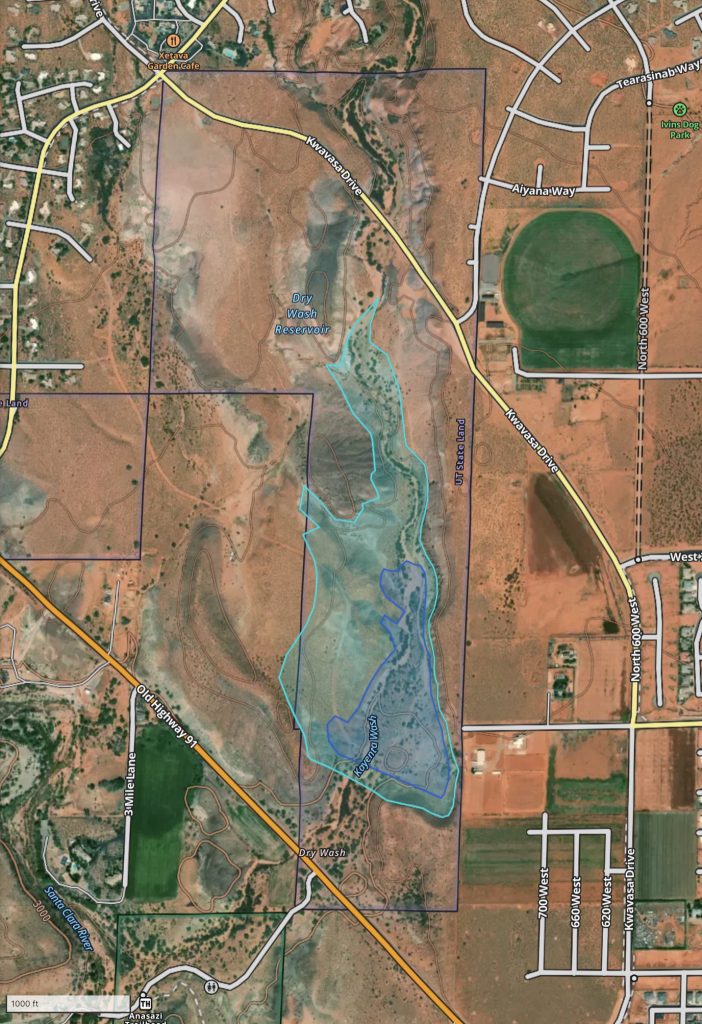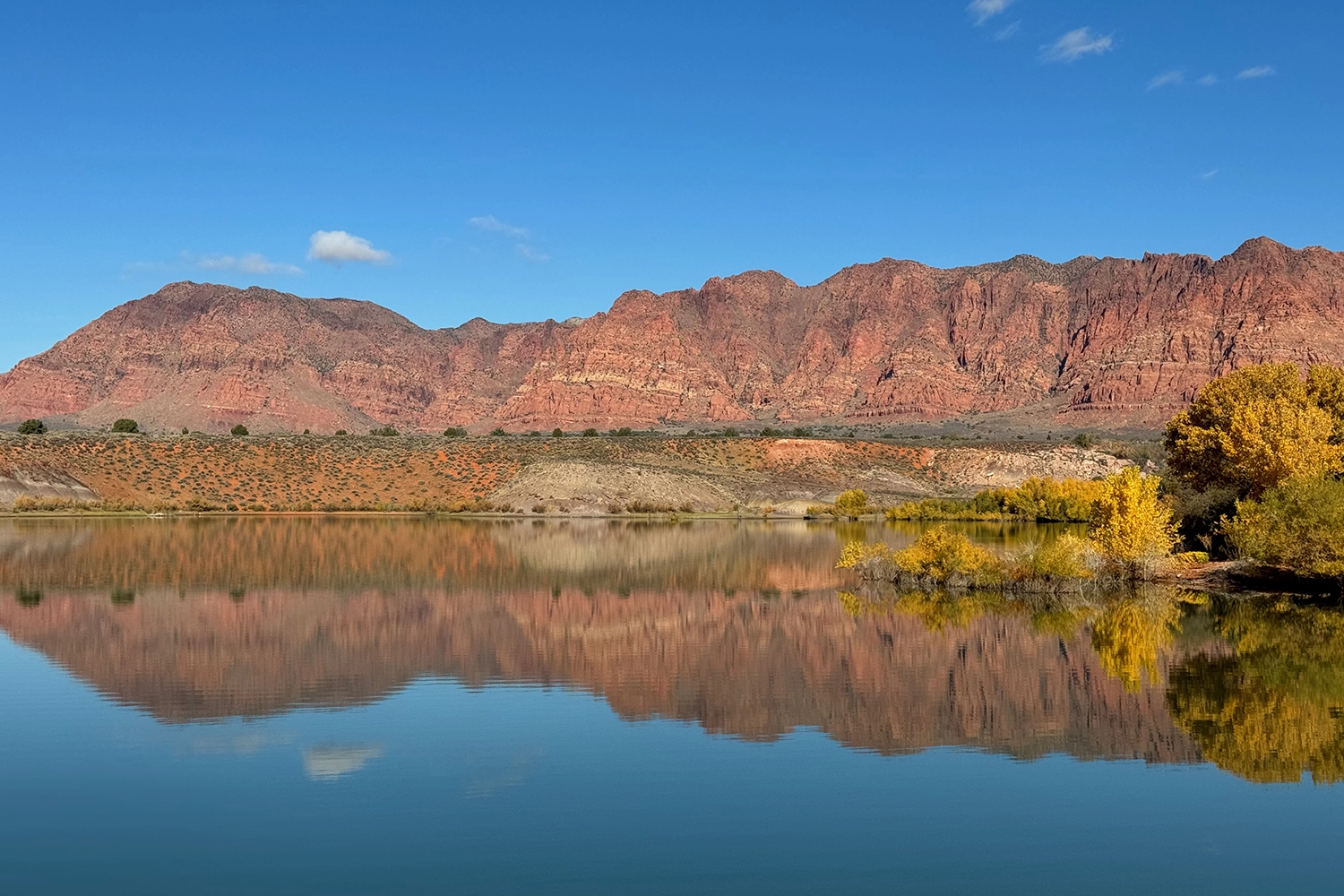I have a deep history regarding water issues for Ivins City; most of this involved the proposal for a reuse water reservoir in Dry Wash, containing partially processed wastewater (not fresh water or fully purified water), at a location equivalent to roughly 800 W. The design called for a reservoir that occupied 66 acres when full, but at its low level would expose 47 of those acres to the wind, producing a hazard of dust carrying pollutants to the residents of Ivins (see the first pdf file below for details). There were other problems with the way that the proposal was managed, and a final reservoir design would have violated serious safety requirements. The history of this proposal is complicated, and my research into that is found in a highly detailed report I wrote and presented to the City Council in 2024 (the second pdf file below).
Here is an excerpt from the Summary of that second report:
“A reservoir proposed for Dry Wash has undergone studies by geotechnical engineers and environmental specialists, proposed as the third phase (after Graveyard Wash) of the St George Water Reuse Project. In 2004, they specified that a reservoir at Dry Wash should not exceed 3,040 ft for safety concerns; any larger reservoir would need to be created by a dam further upstream, which was not included in the Environmental Assessment. In 2021, the Washington County Water Conservation District (WCWCD) agreed to a reservoir of 1000-1200 acre-ft (smaller than the 1335 acre-ft specified by the EA), but the Ivins City Council approved consideration of a larger reservoir. The WCWCD then proposed a 1500 acre-ft reservoir with 3,044 ft high-water level, violating safety concerns expressed by earlier studies due to incompetent rock (soil) at that elevation at the dam site. [I believe that the proposal by the WCWCD likewise violates the conditions of the geotechnical and environmental studies.]”
In addition, medical professionals pointed out that the windblown dust from the exposed mudflats created by the reservoir would contain pollutants that are known or suspected of being hazardous to health. Although the biological contaminants are 100% removed at the treatment plant, the chemical contaminants found in our wastewater would remain; this includes PFAS (“forever” chemicals), arsenic, salts, and so on. The mudflats would also contain Valley Fever spores which would become airborne when wind picks up dust from the exposed soil.
The Washington County Water Conservancy District eventually put the plans for Dry Wash reservoir on indefinite hold, having determined that, due to conservation efforts in Ivins and nearby communities, it may not be needed. I continue to maintain that the City Council should pass a resolution that it would never permit the site to be used for a reservoir unless it met certain physical requirements and contained ONLY fresh or fully purified water.
Notes:
First pdf file report: DryWashReservoirWhitePaper_WDP
Second pdf file report: DryWashSizeAndShape_WDP_March2024







